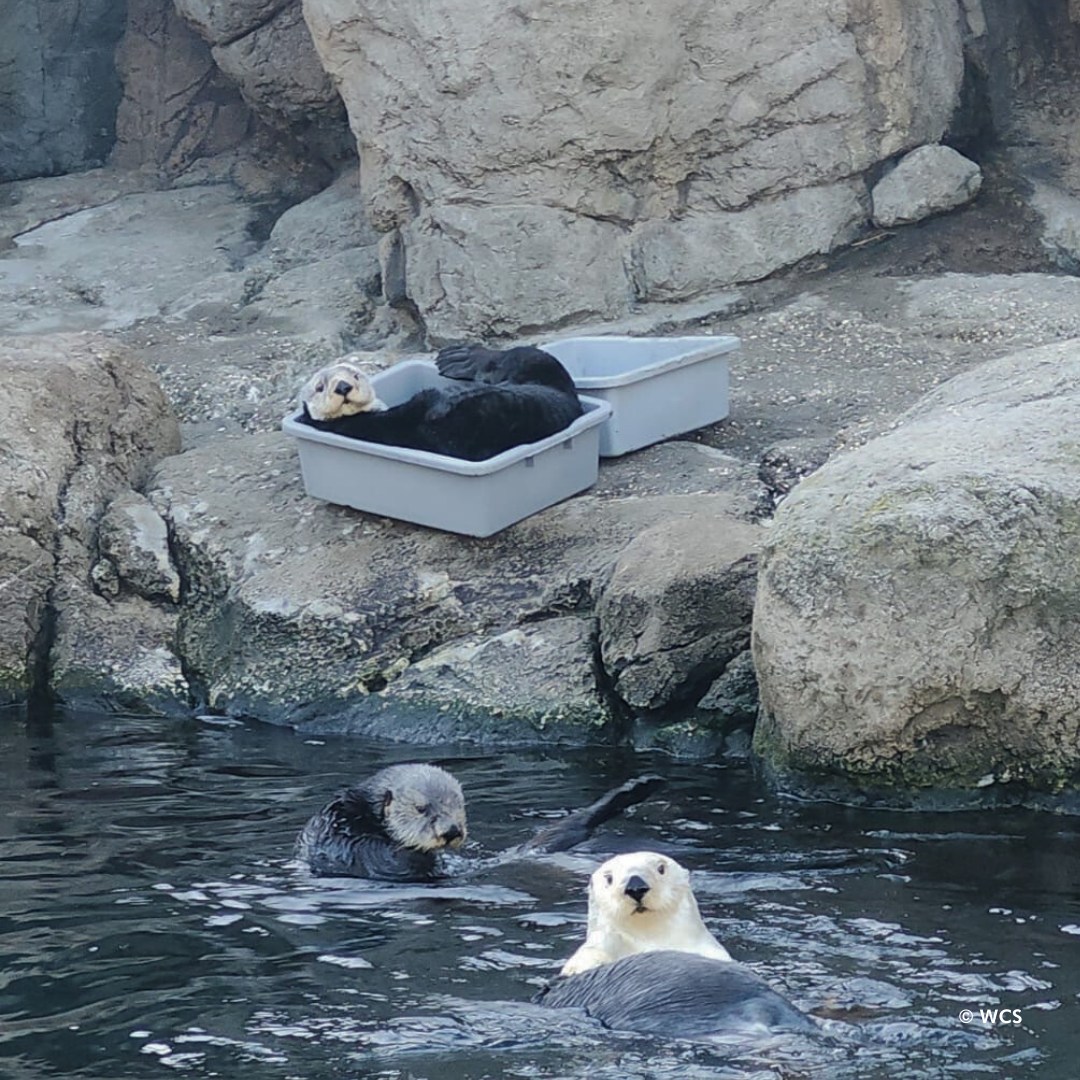- Otters’ affinity for boxes and diverse objects for enrichment.
- The significance of enrichment in promoting physical and mental well-being in otters.
- The role of sensory experiences in wildlife habitats, focusing on otters.
- The importance of conservation efforts and zoo management in the care of otters.
- Practical applications of enrichment strategies in zoos and wildlife sanctuaries.
Otters are charismatic creatures known for their playful nature. While we often associate boxes with feline curiosity, otters equally exhibit a keen interest in such simple objects. This attraction is not limited to boxes alone; a myriad of objects can captivate their attention. This fascination provides an opportunity for zookeepers and wildlife conservationists to enrich the lives of these animals in captivity. Enrichment, a crucial component of zoo management, involves providing stimuli to captive animals to encourage natural behaviors, ensuring both their physical and mental health.
In the wild, otters encounter different textures and materials daily as they navigate through water and land. Introducing boxes and other objects in a controlled environment simulates these natural conditions. This replication is vital for their development and well-being. Enrichment materials offer tactile experiences that challenge otters’ senses, promoting exploration and problem-solving capabilities. Boxes can serve as hiding spots or toys, stimulating their innate curiosity and providing a space for resting. Such activities are not merely for entertainment; they engage their muscles and minds, thereby ensuring a balanced lifestyle.
Enrichment plays an integral role in animal welfare within zoos. It involves more than introducing new objects; it’s about understanding the specific needs and natural behaviors of each species. For otters, whose daily lives revolve around exploring their surroundings, enrichment helps mimic their instinctual activities. By offering similar environments to their natural habitats, zoo keepers can encourage behaviors like foraging, hunting, and grooming. These interactions help in reducing stress and preventing the development of negative behaviors that can arise from confinement or boredom. Enriching their environment is akin to giving them a canvas to express their natural tendencies, keeping them physically active and mentally stimulated.
Sensory experiences are crucial for otters, whose behavior is guided significantly by their surrounding stimuli. Otters in the wild rely on touch, sight, and scent to interact with their environment. Introducing objects of various textures, sizes, and shapes engages their sensory faculties, promoting an active lifestyle even when food or direct stimulation is not present. These sensory explorations aid in keeping the otters sharp and reactive, mirroring the versatility demanded by their wild habitats. This responsiveness to different stimuli is a direct benefit derived from a thoughtful enrichment program in captive settings.
Conservation and well-being for otters depend heavily on responsible zoo management practices. Enrichment is a tool not only for improving the quality of life for zoo inhabitants but also for educating the public about animal behaviors and ecology. By observing otters interact with enrichment materials, visitors gain insight into the animals’ lives and the importance of preserving their natural environments. This educational aspect of zoos helps build awareness and support for conservation efforts. Such exposure can inspire action, fostering a deeper commitment to protecting wildlife.
Implementing successful enrichment strategies in zoos requires understanding specific animal behaviors and needs. For otters, this might involve using various objects that mimic their natural food sources or indigenous materials. Zoos often collaborate with biologists and conservationists worldwide to develop and refine these strategies. Practical applications include rotating objects and environments to prevent monotony and continuously engaging the animals’ interest. Keeping otters active and attentive requires innovation and ongoing research to stay aligned with the latest findings in animal behavior and welfare.
In summary, otters’ affinity for boxes and a variety of objects highlights the broader theme of investment in enrichment for enhancing the lives of animals in captivity. This strategy is vital for their health and happiness, while simultaneously serving as an educational tool for the public. The significance of such practices within zoo management cannot be overstated, given their role in fostering physical and mental well-being. Through thoughtful and consistent enrichment, zoos contribute to the larger mission of wildlife conservation, offering a glimpse into the lives of these remarkable animals and encouraging a broader commitment to preserving our planet’s biodiversity.
*****
Source Description
It is not only cats that like boxes! Our otters enjoy interacting with a variety of objects, including boxes. These objects are used as enrichment and offer different tactile experiences and an opportunity to explore. This helps to stimulate the otters both physically and mentally. It’s also a cool place to rest after a nice long grooming session!
📸: William – Director of Animal Operations


